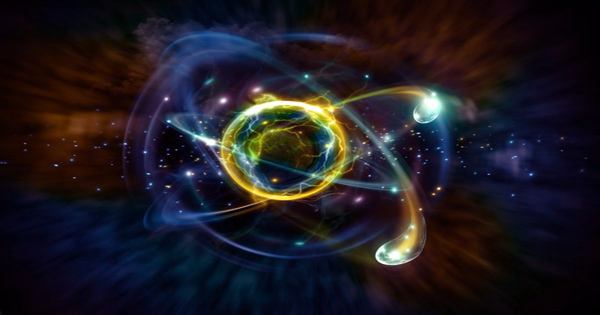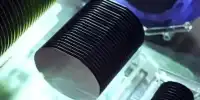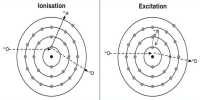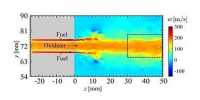This method allows them to measure and control these atoms, something that may be useful in future applications such as quantum computing. This breakthrough has been published in the Success Journal. Researchers at Princeton University have developed a new technique that can separate individual atoms even if they are very close to detection by optical microscopes.
The team was particularly interested in the particle spin of atoms. This property is unique in the quantum world and is of considerable interest in quantum computing. The spin can be “up” or “down”, the zero of regular computer binary codes, and the like. Quantum mechanics, however, allows states to remain in superposition, where they are simultaneously above and below.
This crystal had six atoms packed tightly and thanks to the excited reaction, they were able to measure the behavior of these atoms. The team used a fine-tuned laser to excite a group of closely spaced erbium atoms inside a crystal.
This strategy is a fancy way to solve one of them. This unusual property is the key to the expected power of computing. With the opportunity of quantum superposition, a handful of quantum bits (quits) can surpass the most powerful supercomputers. But we have to overcome many obstacles before we can get this kind of device.
This allows researchers to create superposition combinations between different spins. The laser subtly attracts the atoms and provides a measurement without disturbing the researchers’ spin. The team is particularly interested in building Quantum Logic Gate. In computing, a logic gate is used to perform certain activities. Spinning the spin from top to bottom is the key to performing calculations and making the atoms really close to each other.
“The strength of this conversation is related to the distance between the two spins,” Dr. Songtao Chen, one of the paper’s two leading authors, said in a statement. “We want to bring them closer so that we can have this mutual interaction and use this interaction to create the Quantum Logic Gate.”
In particular, the emitted light can be used through a silicon device and optical fibers, one of the key components of the current telecommunications infrastructure. Although erbium is not commonly used in quantum processors, the team highlights the advantages of this component. The atrium atoms were left in the gap between the atoms of a crystal. The team believes that thousands of atoms can be evaluated with this technique and plans to further investigate the concept.















